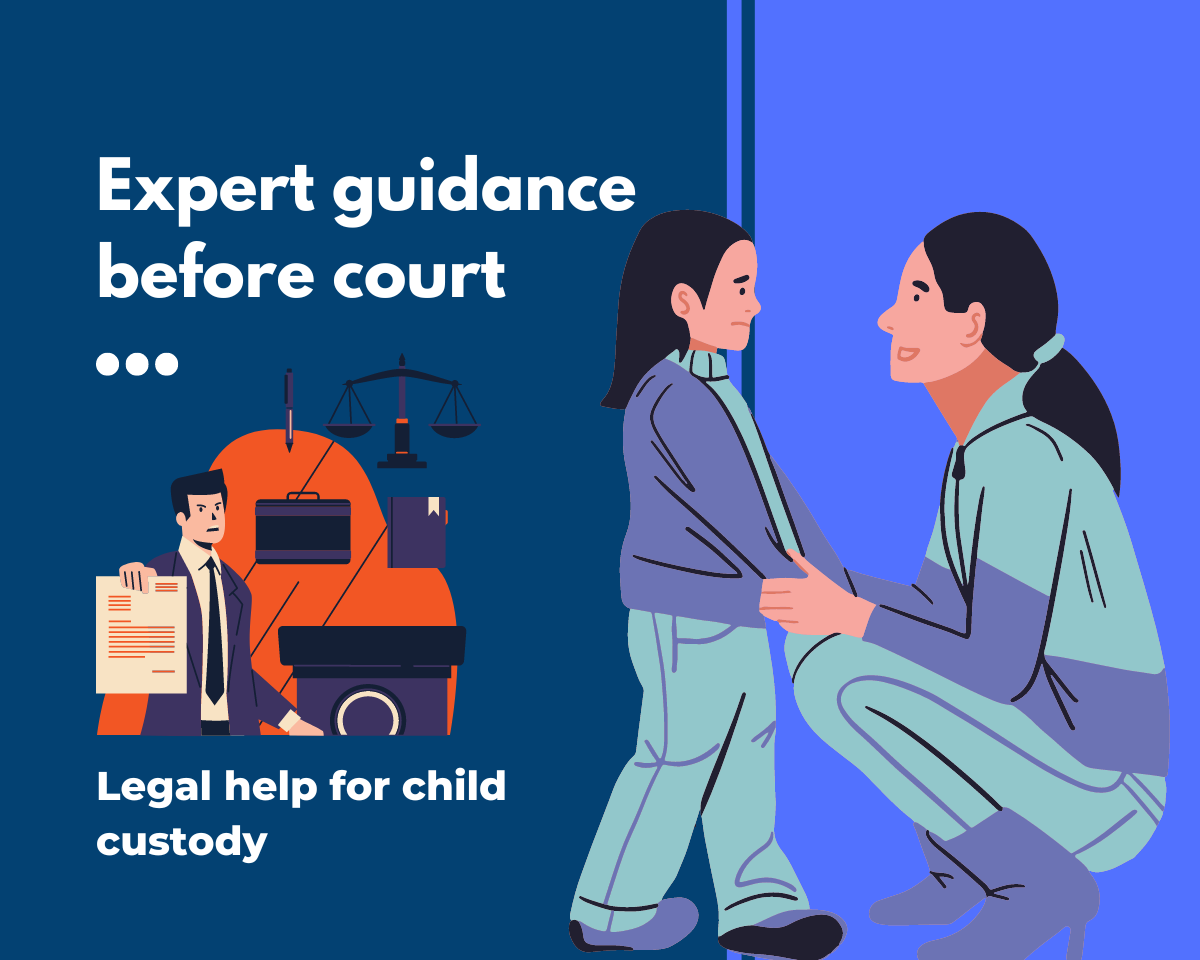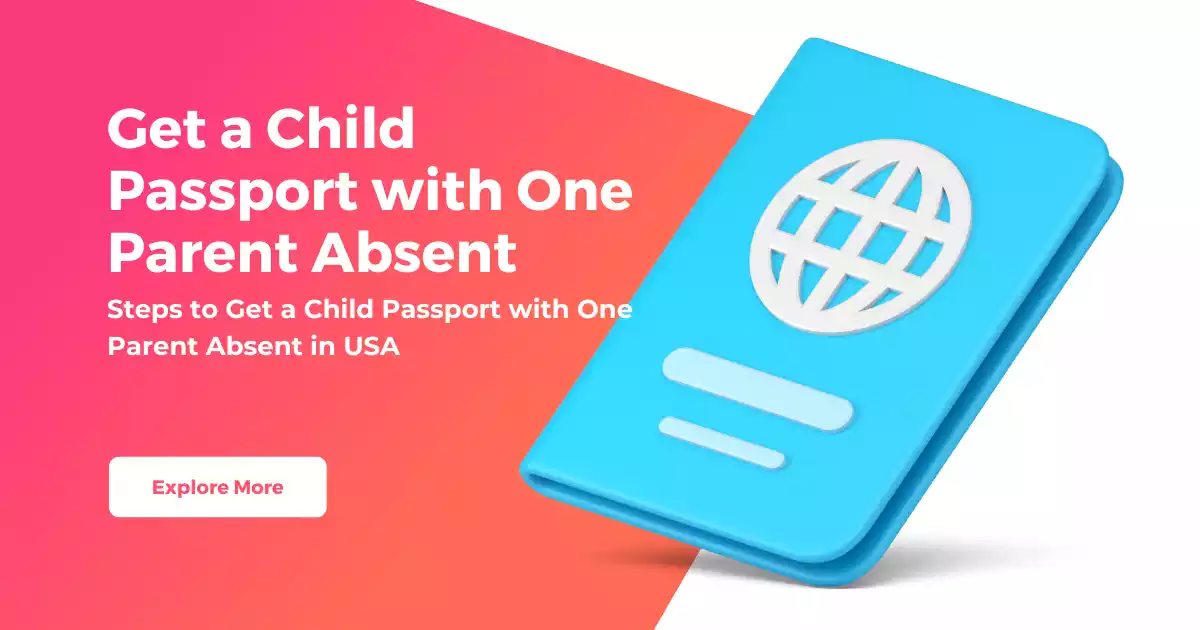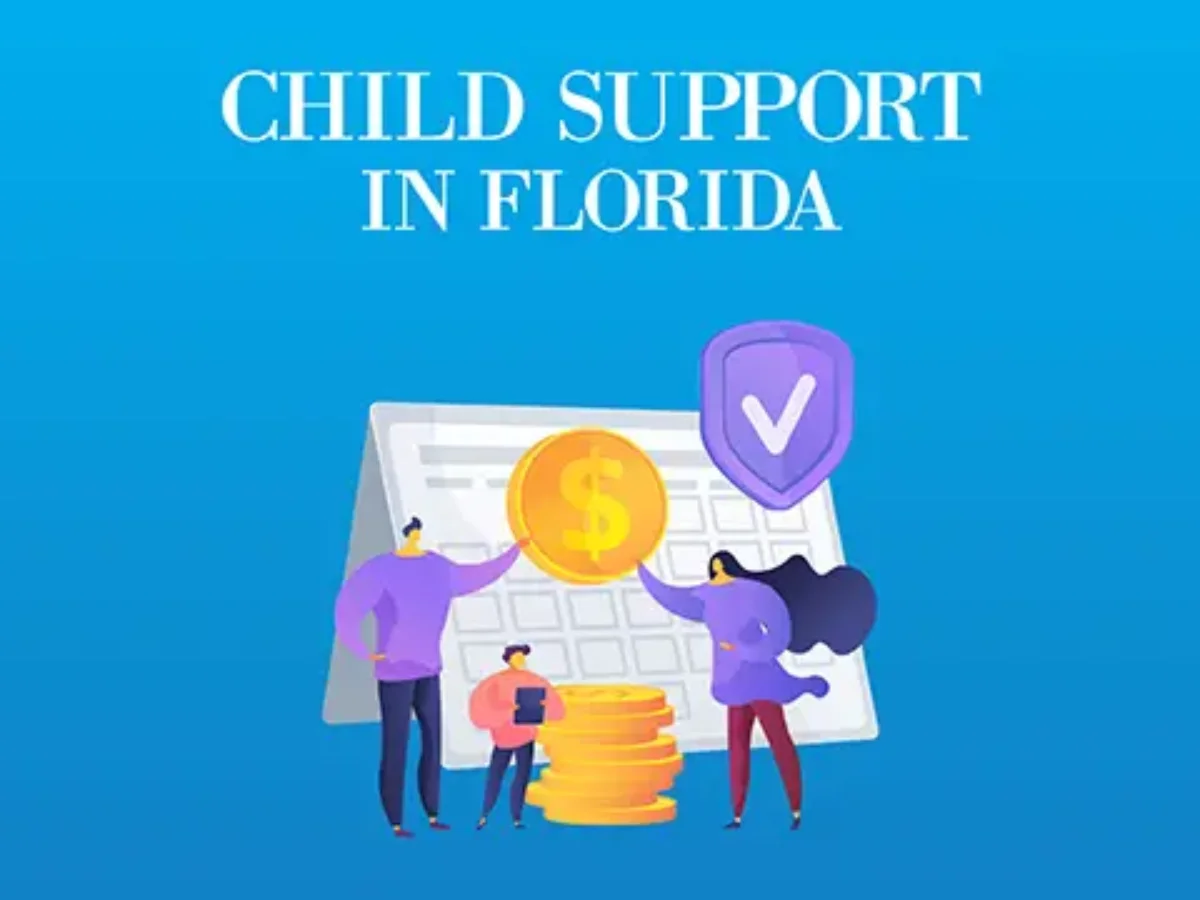Divorce is a challenging life event that can be emotionally and financially draining. To alleviate some of the stress associated with traditional divorce proceedings, collaborative divorce has emerged as an alternative dispute resolution method. While collaborative divorce has its advantages, it also comes with several disadvantages that individuals should consider before opting for this approach.
1. Introduction
Collaborative divorce is a process where divorcing couples work together with the help of professionals to reach a mutually agreeable settlement. It’s often seen as a more amicable way to part ways. However, like any approach, it has its drawbacks.
2. Emotional Stress
One significant disadvantage of collaborative divorce is the emotional toll it takes on the parties involved. The process can still be emotionally taxing, especially when there are unresolved issues or lingering tensions. The hope of an amicable divorce can lead to heightened expectations, making it even more challenging when things don’t go as smoothly as anticipated.
3. Costs and Expenses
Collaborative divorce may not be as cost-effective as it initially appears. The process often involves hiring various professionals, including attorneys, financial experts, and therapists, which can lead to significant expenses. These costs can accumulate, rivaling or even surpassing the expenses of traditional divorce.
4. Time-Consuming Process
In contrast to the perception that collaborative divorce is quicker, the process can be time-consuming. It relies on both parties coming to an agreement, and this can take longer than expected, prolonging the divorce process and potentially delaying closure for all parties involved.
5. Communication Challenges
Collaborative divorce places a significant emphasis on open communication between the divorcing parties. However, communication challenges can arise, leading to breakdowns in the process. Misunderstandings, unexpressed concerns, or unresolved issues can hinder the collaborative approach.
6. Limited Legal Protections
One of the disadvantages of collaborative divorce is that it may provide limited legal protections. Since it aims to maintain an amicable atmosphere, there may be fewer safeguards in place to protect one party from potential unfair agreements.
7. Confidentiality Concerns
Collaborative divorce requires transparency, but this can raise confidentiality concerns for some individuals. Disclosing sensitive information or compromising positions can be unsettling, particularly if parties are not comfortable with this level of openness.
8. Expert Dependency
The success of a collaborative divorce often hinges on the expertise of professionals involved, such as attorneys and financial advisors. Parties may become overly reliant on these experts, potentially undermining their ability to make decisions independently.
9. Unpredictable Outcomes
Collaborative divorce outcomes can be unpredictable. While the goal is an amicable agreement, there is no guarantee that both parties will be satisfied with the final settlement. This uncertainty can create stress and anxiety.
10. The Influence of Personal Dynamics
Personal dynamics between the divorcing parties can significantly impact the collaborative process. If there are unresolved personal issues or power imbalances, it can hinder the ability to reach a fair agreement.
11. Not Suitable for All Cases
Collaborative divorce is not suitable for all situations. High-conflict divorces or cases involving domestic violence may not be appropriate for this approach. Parties must assess whether the collaborative process aligns with their specific circumstances.
12. Potential for Stalemates
Disagreements in collaborative divorce can sometimes lead to stalemates, where neither party is willing to compromise further. This can lead to a protracted and frustrating experience.
13. Ongoing Relationship with Ex-Spouse
While collaborative divorce aims to maintain a civil relationship, some individuals find it challenging to interact with their ex-spouse on an ongoing basis, even after the divorce is finalized.
14. Impact on Children
Children can be affected by the collaborative divorce process, especially if it takes longer than expected or if disagreements persist. This can create stress and uncertainty for the children involved.
FAQs
Is collaborative divorce always less expensive than traditional divorce?
Collaborative divorce can be more expensive due to the involvement of various professionals.
Can anyone opt for collaborative divorce?
It may not be suitable for high-conflict cases or those involving domestic violence.
What happens if the collaborative process results in a stalemate?
Stalemates can prolong the process, causing frustration for both parties.
How does collaborative divorce affect children?
Children can be affected if the process is prolonged or if disputes persist, causing stress and uncertainty.
Is there any guarantee of satisfaction with the collaborative divorce outcome?
There is no guarantee of satisfaction; outcomes can be unpredictable and vary by case.
Conclusion
In conclusion, collaborative divorce is not without its disadvantages. While it can be a suitable option for some couples, it’s essential to weigh the pros and cons carefully. Emotional stress, costs, time consumption, and communication challenges are among the potential drawbacks. Collaborative divorce may not be the right fit for every divorce case, and individuals should consider their specific circumstances when choosing this approach.
Read more: https://www.courtsandchildren.org/
More
Coexistence and Comfort: Can a Child Share a Room with a Grandparent?
Navigating the Legal Terrain: Restraining Order Against the Father of a Child
Navigating the Legal Landscape: How Long Does Child Neglect Stay on Your Record?
filing for uncontested divorce in ontario without a lawyer
how do i check the status of my divorce in ontario
does the military provide divorce lawyers in USA
how much does collaborative divorce lawyer cost in nebraska
Contents
- 1 1. Introduction
- 1.1 2. Emotional Stress
- 1.2 3. Costs and Expenses
- 1.3 4. Time-Consuming Process
- 1.4 5. Communication Challenges
- 1.5 6. Limited Legal Protections
- 1.6 7. Confidentiality Concerns
- 1.7 8. Expert Dependency
- 1.8 9. Unpredictable Outcomes
- 1.9 10. The Influence of Personal Dynamics
- 1.10 11. Not Suitable for All Cases
- 1.11 12. Potential for Stalemates
- 1.12 13. Ongoing Relationship with Ex-Spouse
- 1.13 14. Impact on Children
- 1.14 FAQs
- 1.14.1 Is collaborative divorce always less expensive than traditional divorce?
- 1.14.2 Can anyone opt for collaborative divorce?
- 1.14.3 What happens if the collaborative process results in a stalemate?
- 1.14.4 How does collaborative divorce affect children?
- 1.14.5 Is there any guarantee of satisfaction with the collaborative divorce outcome?
- 1.15 Conclusion























